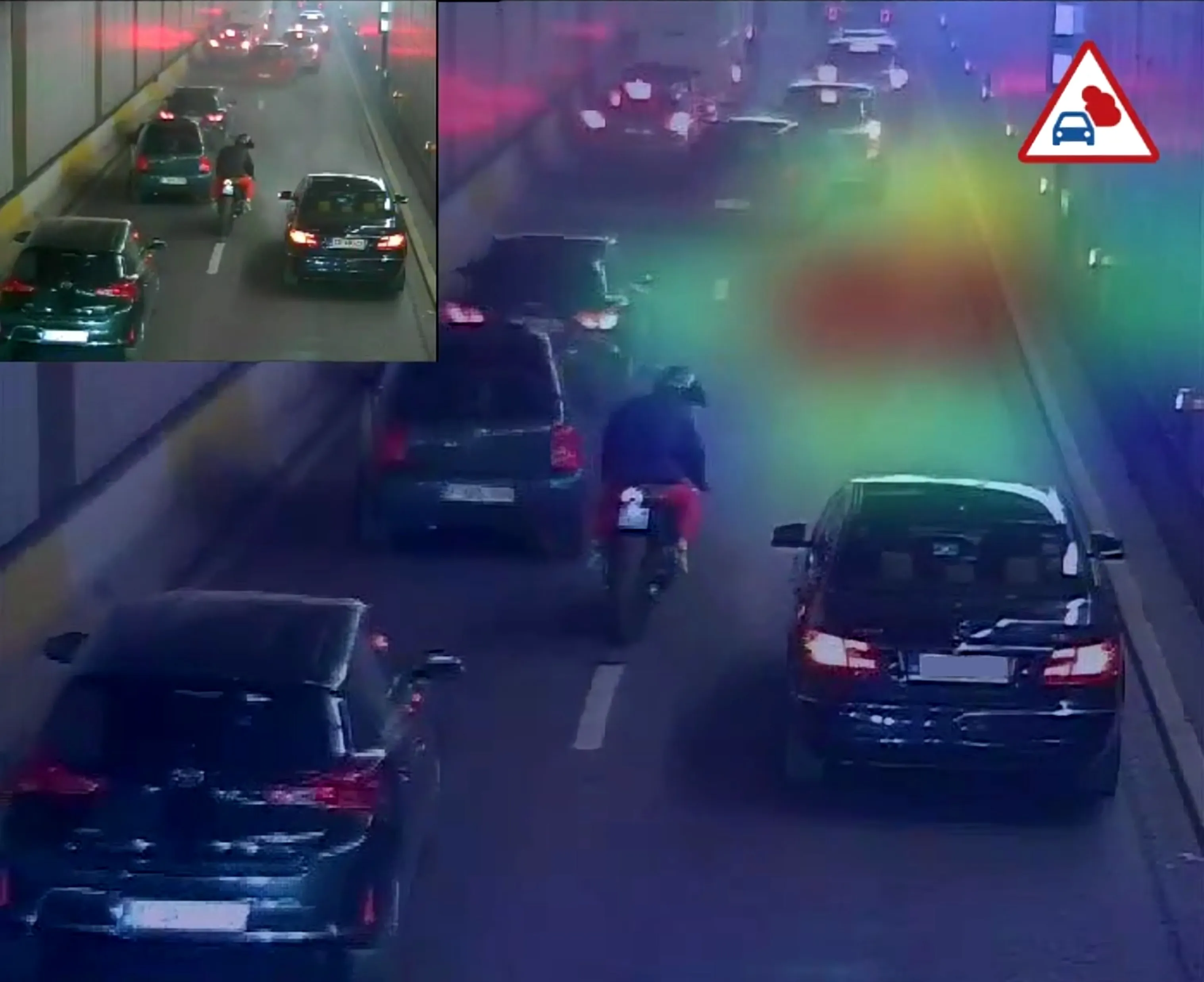The group behind lighting the Eiffel Tower and London’s Tower Bridge has unveiled a US$2 million lighting installation on Washington, DC's busiest bridge.
French urban lighting company Citelum installed more than 400 energy-efficient LED lights on the Francis Case Memorial Bridge (Case Bridge) as part of Hoffman-Madison Waterfront’s The Wharf development.
The lights create a vertical wash that highlights the texture and craftsmanship of the piers’ stonework, while a blue LED line marks the silhouette
August 24, 2016
Read time: 1 min
The group behind lighting the Eiffel Tower and London’s Tower Bridge has unveiled a US$2 million lighting installation on Washington, DC's busiest bridge.
French urban lighting company Citelum installed more than 400 energy-efficient LED lights on the Francis Case Memorial Bridge (Case Bridge) as part of Hoffman-Madison Waterfront’s The Wharf development.
The lights create a vertical wash that highlights the texture and craftsmanship of the piers’ stonework, while a blue LED line marks the silhouette of the structure. The programmable, dimmable and flexible system is intended to mimic the transition from sunset to sunrise, moving from warmer to colder white light, to create a major visual landmark of the waterfront neighbourhood.
The Wharf is a large-scale waterfront development by Hoffman-Madison Waterfront. The Case Bridge is one of the busiest and most important arteries of the US Capital, carrying more than 170,000 cars daily.
French urban lighting company Citelum installed more than 400 energy-efficient LED lights on the Francis Case Memorial Bridge (Case Bridge) as part of Hoffman-Madison Waterfront’s The Wharf development.
The lights create a vertical wash that highlights the texture and craftsmanship of the piers’ stonework, while a blue LED line marks the silhouette of the structure. The programmable, dimmable and flexible system is intended to mimic the transition from sunset to sunrise, moving from warmer to colder white light, to create a major visual landmark of the waterfront neighbourhood.
The Wharf is a large-scale waterfront development by Hoffman-Madison Waterfront. The Case Bridge is one of the busiest and most important arteries of the US Capital, carrying more than 170,000 cars daily.










